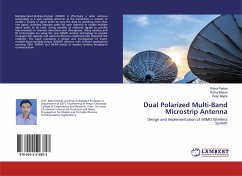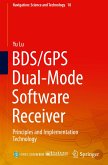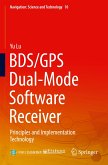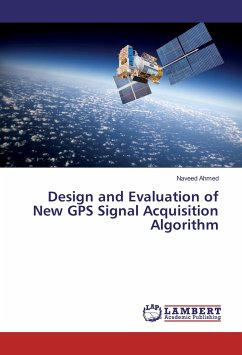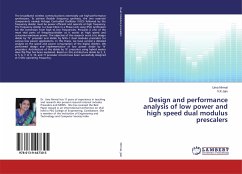The GPS is modern satellite based navigation system developed and maintained by the U.S Department of Defence (DoD). The present GPS system transmits navigation signals at two frequencies L1 and L2. The data transmitted on the L2 carrier is in the encrypted form so it cannot be accessed by civilians. The position accuracy of the GPS depends on various errors due to ionospheric delay. Unavailability of two signals in clear form to civilians has limitation on position accuracy due to ionospheric delay. Error due to ionospheric delay can be estimated if the two signals at different frequencies are received by the GPS receiver. Since at present civilians can access only one signal in unencrypted form so they cannot have facility to estimate the error due to ionosphere. In order to receive the two signals at different frequencies the antenna should be designed to cover bands centered at L2 and L5. For civilian applications the antenna size and cost also play a vital role in addition to dual band operation. This book is aimed to design and develop an antenna to meet these requirements and serves as reference for students of UG, PG and research scholars in ECE.


